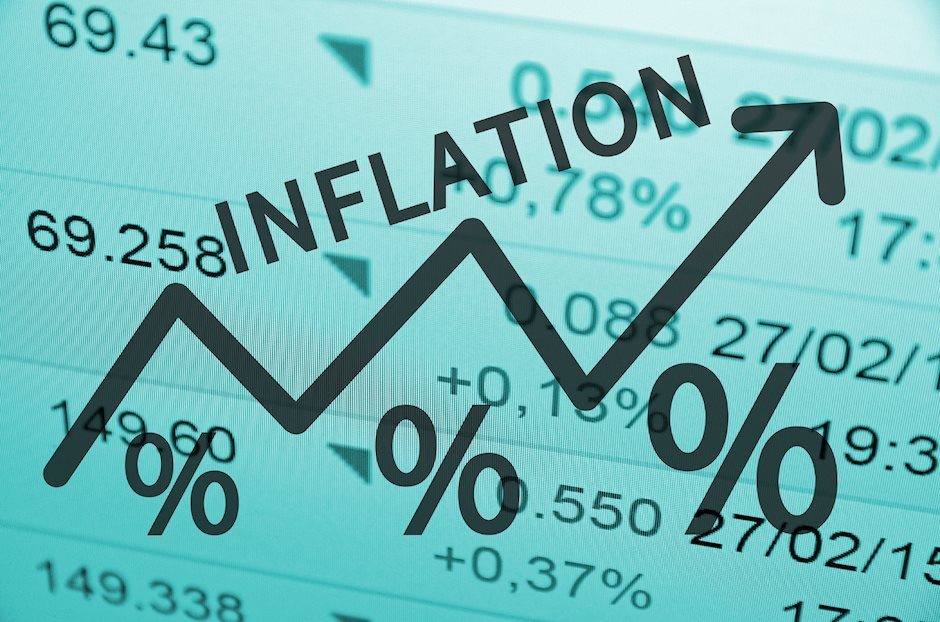From fear of inflation to fear of slowdown

Over the Summer, market focus has turned from concerns about persistently high US inflation, that would force the Fed to keep rates restrictive, to fears over a slowdown in the US economy, that points to more rate cuts. The fears of a US slowdown have been fuelled by weaker labour market data, particularly an increase in the US unemployment rate to 4.3% in July and a slowdown in non-farm payroll growth to 114,000 from an average of 225,000 in the first half of the year. We still think the US economy remains on a solid footing and estimate the risk of a recession as low. The increase in the unemployment rate is mainly due to growth in the labour force, and many other indicators still point to robust economic growth, albeit with more slack in the labour market. See our latest economic projections in Nordic Outlook - Normalising economies, with risks, 3 September.
We agree with markets that slowing US inflation over the summer has cleared the path for a faster "normalisation" of policy rates in the US. Especially the broader services price pressures have eased, and the last three inflation prints have shown annualized core inflation in line with or below the 2% target. Recent comments from Fed Chair Jerome Powell saying that "the time has come for policy to adjust" and "we do not welcome any further labour market cooling" have contributed to a change in our Fed call, and we now expect the Fed to cut rates by 25bp in every meeting from September until June 2025, followed by two final 25bp cuts in H2 2025. As such, we see a terminal policy rate at 3.00-3.25% (prev. 3.75-4.00%) by the end of 2025, instead of during 2026.
In Europe, we expect a less aggressive cutting cycle by the ECB compared to Fed due to limited slack in the labour market, more persistent inflation and a lower starting point. The unemployment rate declined to an all-time low of 6.4% in July. Headline inflation declined to a three-year low at 2.2% y/y in August due to energy base effects, while core inflation remained sticky at 2.9% y/y like in July. Underlying inflation in the euro area is driven by services inflation where the monthly price increases have been high in the entire year. This dynamic continued in August at 0.4% m/m, seasonally adjusted, which is far from compatible with annual inflation at 2%. With sticky services inflation and headline inflation close to the target, we expect the ECB to proceed gradually with quarterly rate cuts until September next year, leading to a policy rate of 2.50% by end of 2025.
In spring, we saw encouraging signs of a rebound in the global manufacturing cycle, but over the summer data has softened. The US manufacturing PMI declined to 48.0 in August, the lowest level seen in a year, while the euro area remained far below the 50-mark at 45.8, despite eased financial conditions. The weaker manufacturing picture fits with the recent loss of manufacturing momentum witnessed in China where industrial production growth slowed in July and manufacturing PMIs softened in July and August. The Chinese economy continues to struggle with weak domestic demand and problems in the housing market that spills over to construction. The Chinese manufacturing and construction weakness has led to falling metal prices lately as well as lower oil prices. We have thus become less optimistic about the prospects of a rebound in global manufacturing and instead foresee a muddling through scenario. On the other hand, this means that China and global manufacturing are disinflationary forces in the world.
Author

Danske Research Team
Danske Bank A/S
Research is part of Danske Bank Markets and operate as Danske Bank's research department. The department monitors financial markets and economic trends of relevance to Danske Bank Markets and its clients.

















